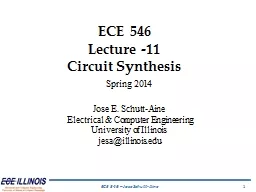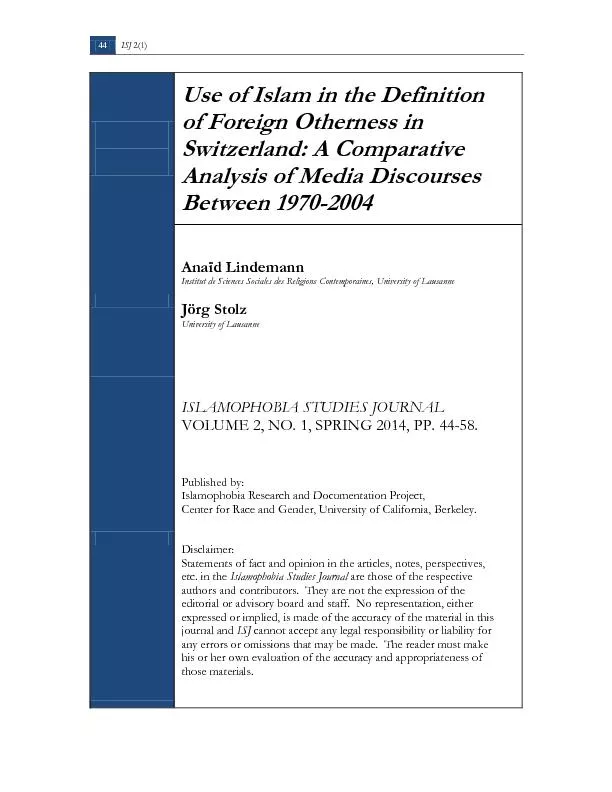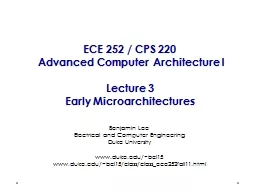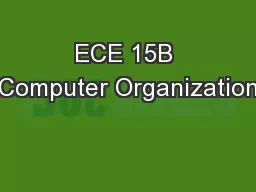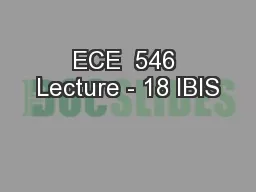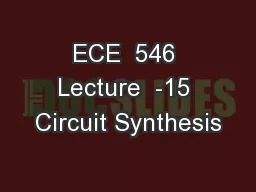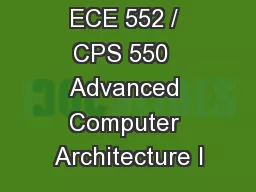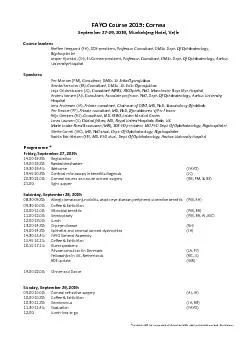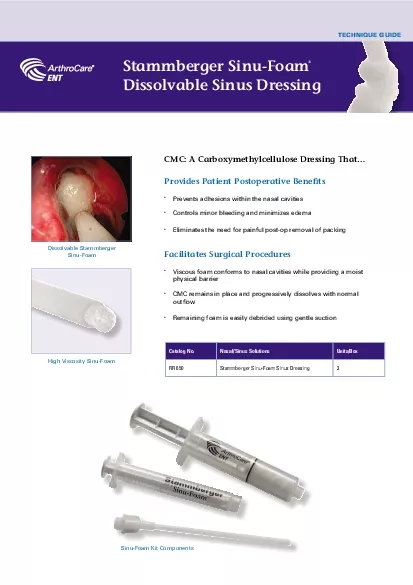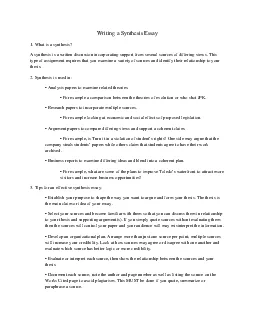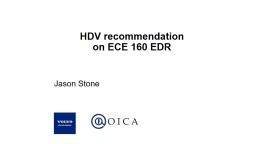PPT-ECE 546 Lecture -11 Circuit Synthesis
Author : eatsui | Published Date : 2020-06-18
Spring 2014 Jose E SchuttAine Electrical amp Computer Engineering University of Illinois jesaillinoisedu MOR via Vector Fitting Rational function approximation
Presentation Embed Code
Download Presentation
Download Presentation The PPT/PDF document "ECE 546 Lecture -11 Circuit Synthesis" is the property of its rightful owner. Permission is granted to download and print the materials on this website for personal, non-commercial use only, and to display it on your personal computer provided you do not modify the materials and that you retain all copyright notices contained in the materials. By downloading content from our website, you accept the terms of this agreement.
ECE 546 Lecture -11 Circuit Synthesis: Transcript
Download Rules Of Document
"ECE 546 Lecture -11 Circuit Synthesis"The content belongs to its owner. You may download and print it for personal use, without modification, and keep all copyright notices. By downloading, you agree to these terms.
Related Documents

